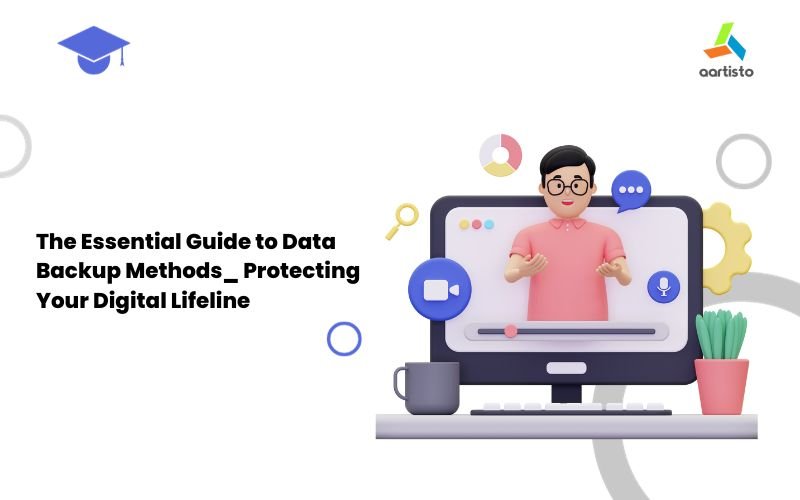Technology has become increasingly intertwined with our lives in today’s digital advancements. From precious family photos to critical business documents, our data is the lifeblood of modern existence. But what happens when disaster strikes, and you lose access to this digital treasure trove? That’s where data backup comes to the rescue! In this article, we’ll explore five essential data backup methods, including the robust security of air gapping.
1. Full Backup: Covering All Bases
Imagine your data is like a massive library. A full backup is akin to making a photocopy of every single book, magazine, and manuscript in that library. It’s thorough, comprehensive, and ensures that nothing is left behind. While it provides complete protection, it can be time-consuming and requires significant storage space.
2. Incremental Backup: Saving What’s New
Now, let’s say you add a few new books to your library every day. An incremental backup focuses on these additions. It only copies the new or modified data since the last backup, saving you time and storage space. Similarly, enterprise data integration tools can streamline this process by handling only new or updated data. However, restoring data may require you to combine these incremental backups with the original full backup.
3. Differential Backup: Bridging the Gap
Differential backups take a different approach. Instead of relying on previous incremental backups, they store all the changes made since the last full backup. This method simplifies data restoration since you only need the most recent differential backup and the original full backup.
4. Mirror Backup: Real-Time Protection
Imagine having a magical librarian who instantly duplicates any book added to your library as soon as it arrives. Mirror backups operate in real-time or near-real-time, continuously replicating your data to a separate storage location. This approach guarantees that your backup is always up-to-date with the original data.
5. Air Gapping: The Ultimate Fortress
Now, let’s shift our focus to the ultimate in data security – air gapping. Imagine a secret vault where you store your most precious literary treasures, with no connections to the outside world. Air gapping isolates your backup data from your primary system or network. It’s a physical barrier against cyberattacks and malware, ensuring your backup remains pristine and untouchable.
The Air Gapping Advantage
Why choose air gapping? Here are some compelling reasons:
- Protection against Cyberattacks: Since air-gapped backups are not connected to any network, they are immune to online threats like ransomware and hacking attempts.
- Data Preservation: Air gapping safeguards your data from accidental deletion or corruption on the primary system.
- Regulatory Compliance: In some industries, regulations require the use of air-gapped backups to ensure data security and compliance.
- Disaster Recovery: When natural disasters strike or systems fail, air-gapped backups provide a reliable fallback to restore your operations.
In the world of data backup, there’s no one-size-fits-all solution. The choice of backup method depends on your specific needs and priorities. Full backups ensure completeness, while incremental and differential backups save time and space. Mirror backups offer real-time protection, and air gapping stands as the unbreachable fortress of data security.
Ultimately, a well-thought-out backup strategy may include a combination of these methods to ensure your digital lifeline remains intact, no matter what challenges come your way. So, remember to backup, backup, and backup – because your data is worth protecting!
In the grand story of digital life, data backup is the hero that ensures your data’s safety and security. Whether you prefer the thoroughness of a full backup or the impenetrable fortress of air gapping, having a robust data backup strategy is essential in our digital age. So, get started today, and safeguard your digital treasures for a brighter and more secure tomorrow.
